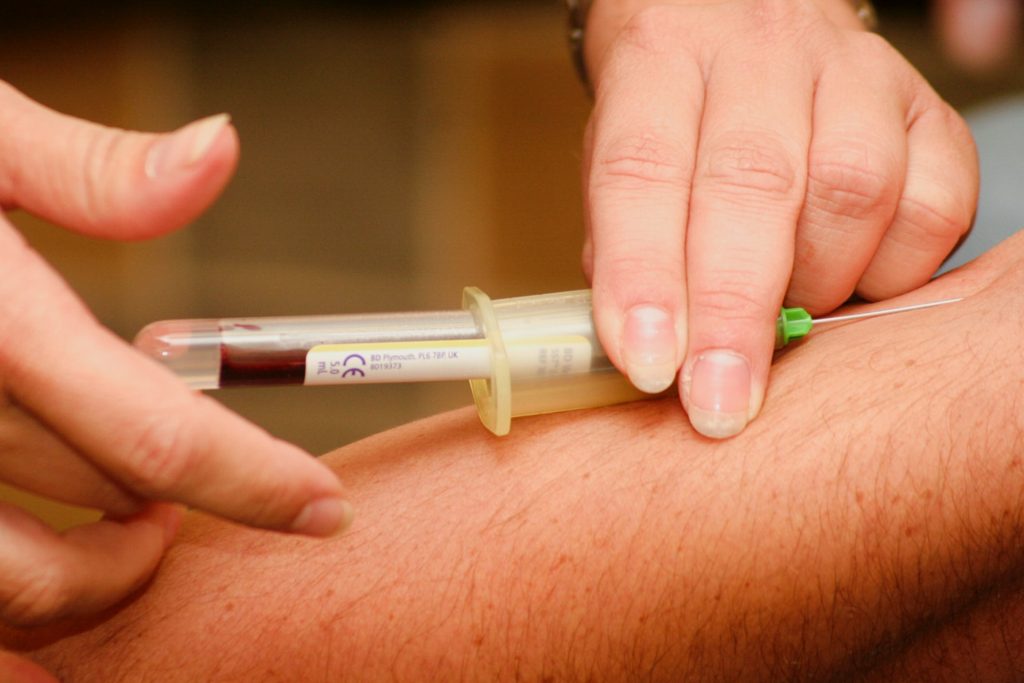New Evidence that Stress Alters Metabolic Hormone with Health Consequences
A new biomarker for mental health called FGF21 offers a window into aging and disease risk

A long-studied metabolic hormone, FGF21, also acts as a stress hormone – a discovery that helps explain how psychological stress causes metabolic dysregulation and drive physical disease, according to a new study published in Nature Metabolism.
FGF21 (fibroblast growth factor 21) has been researched for over two decades for its role in metabolism, glucose regulation, and diabetes.
The new findings, from researchers at Columbia University Mailman School of Public Health, Vagelos College of Physicians and Surgeons, and the Butler Columbia Aging Center, show for the first time that psychological stress acutely alters FGF21 levels in the bloodstream, highlighting the hormone’s potential to link mental states to metabolic responses and ultimately affect overall health and biological aging.
“This is the first human evidence that FGF21 responds to mental stress, acting as a hormonal bridge between body and mind,” said senior author Martin Picard, PhD, associate professor of behavioural medicine at Columbia and co-director of the Columbia Science of Health programme. “It integrates psychosocial experiences with systemic metabolic signalling – expanding the neuroendocrine framework beyond traditional stress hormones.”
The study tracked hormonal changes following acute psychological stress in both healthy individuals and patients with mitochondrial disease, a group of genetic disorders that impair cellular energy transformation. In healthy participants, FGF21 levels on average dropped immediately after exposure to a standardised stressor, returning to baseline within 90 minutes – demonstrating a tightly regulated, dynamic hormonal pattern.
In contrast, participants with mitochondria that cannot transform energy normally showed a different pattern: FGF21 levels rose following stress and peaked at 90 minutes, indicating a fundamentally different stress response, likely regulated by mitochondrial biology.
“These results reveal a new axis of vulnerability,” said Mangesh Kurade, lead author on the study at Columbia. “The way our social environment and psychological experiences interact with mitochondrial health may directly shape metabolic outcomes and long-term disease risk.”
To validate their findings, the team analysed data from more than 20 000 participants in the UK Biobank and also drew on data from their ongoing MiSBIE study (Mitochondrial Stress and Biomarkers in Emotion), which investigates how psychosocial variables map onto biological processes.
The results showed that loneliness, childhood neglect, or recent relationship breakdowns including marital separation was linked to higher FGF21, while individuals with stronger social ties and emotional well-being – including frequent social interactions and high couple satisfaction and social support, were associated with lower levels – providing population-level evidence that FGF21 tracks with psychosocial conditions.
“Our findings suggest that the stress hormone and mitochondrial disease biomarker FGF21 signals not just acute stress, but also reflects a person’s social and emotional life over time,” said co-author Michio Hirano, MD, professor of Neurology at Columbia University Irving Medical Center who led the clinical portion of the study.
This cross-validation strengthens the case for FGF21 as a reliable biomarker of how psychological and social environments shape metabolic biology and perhaps also the clinical trajectory of mitochondrial diseases. By identifying FGF21 as both a biological mediator and potential biomarker of psychological stress, the study opens new avenues for research and clinical monitoring.
“This study bridges traditionally separate fields – metabolism and stress biology – suggesting that future precision mental health strategies may benefit from incorporating FGF21 and other biomarkers to monitor metabolic stress vulnerability and therapeutic responses,” said Kurade.
As a hormone once studied strictly within metabolic disease contexts, FGF21 now appears to straddle the boundary between mind and body, offering biological insight into how we age, adapt, and break down under pressure.
“This is about more than a single hormone,” said Picard, who is also associate professor at the Columbia Butler Aging Center. “It’s about understanding how our lived experience – our relationships, our stress, our resilience – gets translated into biology. A more accurate, holistic picture of human health is emerging. It’s an exciting time for science and medicine.”





